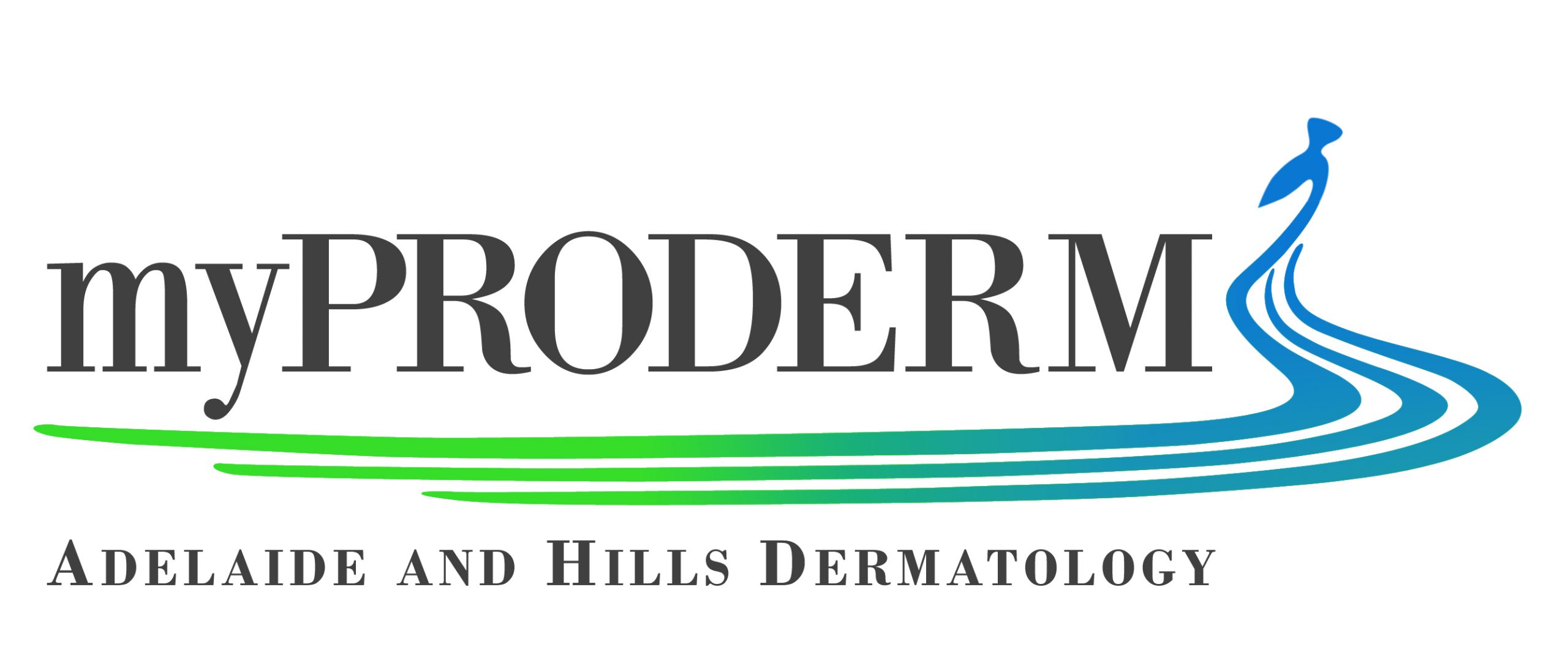Psoriasis
- Psoriasis is a common and lifelong (chronic) disorder that has a genetic component. It is an auto-inflammatory skin disease where the immune system speeds up the growth cycle of skin cells. This overgrowth can lead to thick, scaly plaques that cause red patches on the skin and itch.
- Psoriasis most commonly shows up on the torso, elbows, scalp, and knees and involves moderate-to-large areas of the skin.
The signs of psoriasis can vary from person to person and from one episode to another.
Common signs and symptoms include:
- Red patches of skin covered with thick, silvery scales ranging from a small scaling spot to major eruptions that cover large areas
- Dry cracked skin that may cause burning, soreness, itching, or bleeding, particularly on the palms and soles
- Thick fingernails or toenails with pitting or ridges in the nails, or lifting of the nails from the nail bed
- Pain, stiffness, or both may accompany joint swelling, usually in the ankles or hands (if concurrent psoriatic arthritis)
There are several types of psoriasis:
- Plaque psoriasis is the most common form of psoriasis. About 80–90% of people with psoriasis have plaque psoriasis. It causes dry, raised, red lesions, covered by silvery plaques that usually appear on elbows, knees, lower back, and scalp.
- Guttate psoriasis often starts in childhood or young adulthood. It’s marked by small spots on the skin, but the spots are not usually as crusty as the lesions in plaque psoriasis. The spots are usually scattered like raindrops over the torso.
- Inverse psoriasis is psoriasis occurring within skin folds (where skin rubs on skin). Rubbing and sweating skin can often make this type of psoriasis worse. It is often tender and affects areas such as the groin, armpits, breasts, and buttocks. This type of psoriasis has red lesions that lack the scale occurring plaque psoriasis.
- Pustular psoriasis is a rare form of psoriasis and affects adults more than children. It can be clearly defined as pus-filled lesions and it appears as white small bumps, or non-infectious pus blisters surrounded by red skin. It usually affects certain areas of the body such as the sole and palm, and can be painful.
- Erythrodermic psoriasis is the least common and most aggressive form of psoriasis. It is sudden and involves >90% of the body being covered in psoriasis. It is usually triggered by a medication interaction, chemical imbalance or concurrent illness in a person who already has a form of psoriasis. Fluid imbalances (swelling) and abnormal temperature control (shivering) can occur. This is an emergency and it is vital that the person immediately
- Nail psoriasis can separate from the skin underneath the nail (onycholysis), causing abnormal nail growth, discoloration, and even cause the nail to crumble.
- Psoriatic arthritis is a condition that can occur in some people with psoriasis. It causes joint stiffness, swelling, and pain.
The cause of psoriasis is not exactly known . What we do know is that it’s an auto-inflammatory condition and researchers believe both genetics and environmental factors play a combined role.
Factors that can increase your risk of developing psoriasis include:
- Family members with psoriasis or psoriatic arthritis
- Alcohol consumption and cigarette smoking
- Injury to the skin, including surgical scars, burns and cuts
- Severe stress
- Infections such as tonsillitis, tooth abscess, HIV and other viral infections
Treatment of psoriasis will depend on the type and severity of the condition.
- Lifestyle Modification
Maintaining a healthy well balanced diet, reducing alcohol consumption and quitting cigarette smoking can all help with psoriasis control. Regular moisturiser and soap-free wash will help maintain good general skin health as well as with skin flakiness and itch.
- Topical Treatments
These are skin-directed creams, ointments and lotions. They can be “off-the-shelf” products or “compounded” products (which means they are made-to-order by a pharmacist). Topical treatments may be over-the-counter, but many are prescription-only. Topical treatments include ingredients such as salicylic acid, vitamin D, corticosteroids, coal tar and pimecrolimus.
- Phototherapy
Narrow-band UVB therapy can be useful for psoriasis affecting the torso and limbs, especially if it affects a large surface area or is too scattered to treat with topical treatments. Phototherapy involves attending a clinic for treatment 3 times per week for about 12 weeks. Most people get several months of clearance after treatment.
- Steroid injections
Steroid can be injected into the nail bed in some people with nail psoriasis.
- Oral Treatments
For psoriasis that is severe or not responding to other therapies, tablets are available and include apremilast, acitretin, methotrexate and cyclosporine. These all have variable side effect profiles and monitoring requirements but mostly require several months of use for full benefit to be achieved. The best oral option is determined on a case-to-case basis.
- Bioloigics
Injectable medications can be used if standard therapy (topicals, phototherpy and orals) have failed, and if there is a minimum level of severity of psoriasis (determined by a scoring system called PASI). These medications are quite low-risk and very effective because they are designed to be very specific in treating psoriasis. There are a number of these now available in Australia, although access through PBS is somewhat restricted due to the cost.
